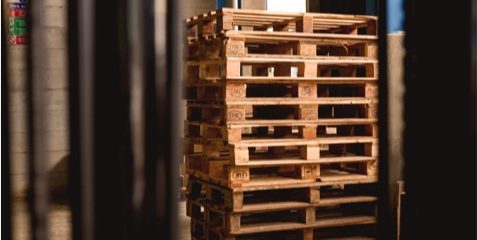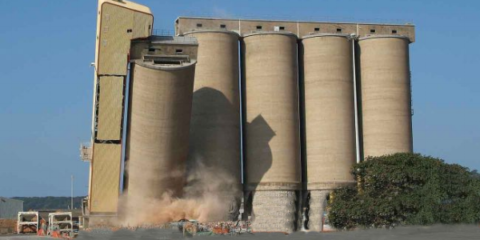A forklift’s attachment has tremendous impact on the truck’s functionality and has evolved greatly through the decades. The attachment can be any device attached to the forklift’s carriage/mast. First, focus on your load to pick the appropriate forks, as even those have various lengths, thicknesses, widths, taper types, and finishes. Next, consider a side-shifter, which allows for both forks to be shifted left or right and enables drivers to pick up loads easier. Lastly, if you have various pallets or load dimensions, fork positioners allow the operator to change the distance between forks, thus accommodating different proportions at the flick of a lever. All this can be combined into the magical side-shifting fork positioner. Each attachment can be installed via “hang on” vs.“integral” style with the carriage. While this seems negligible, it can affect the derate, but more on that in our next blog.
Attachments can also be expanded to include rotators, clamps, multiple load handlers, scales, push/pulls, and many other application specific attachments. The rotator can be used in dumping applications or in conjunction with another specialty attachment for loading machines, since they allow the operator to rotate a load 360ᵒ. Clamps can come in several forms and attack a variety of scenarios to grab unique configurations. While rotators and clamps are more common, multiple load handlers can handle more than 1 load, and push/pull attachments allow for warehouses to use thinner more cost-effective sheets in lieu of pallets. Never be ashamed to consult the experts when your product deviates from the norm as it has immense implications to your performance. Propellr takes the 2nd, 3rd, and 4th level decisions into consideration when managing your fleet.



